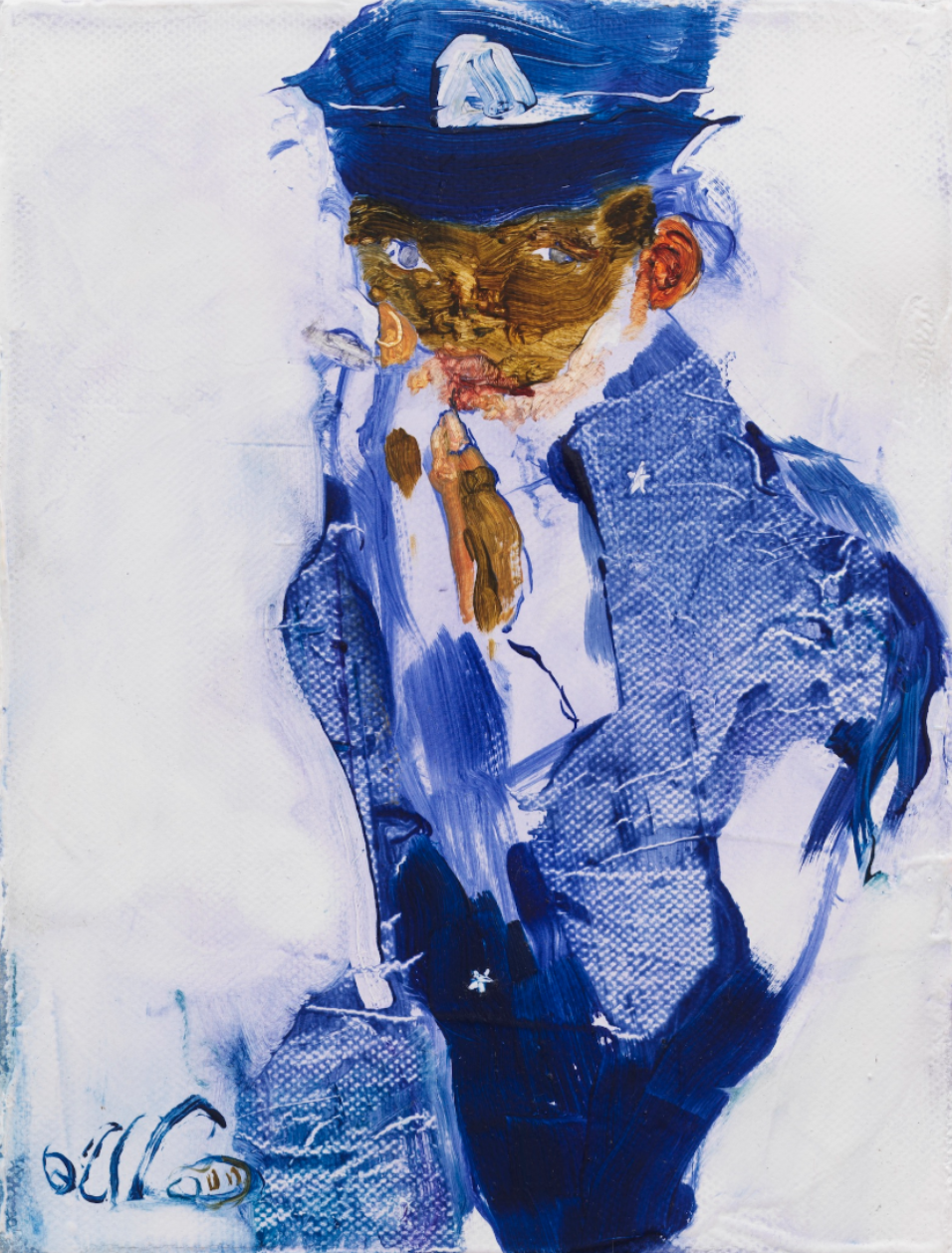Whitney Biennial 2019 | Art & Artists
May 17–Oct 27, 2019
Whitney Biennial 2019 | Art & Artists
Jennifer Packer
62
Floor 5
Born 1984 in Philadelphia, PA
Lives in New York, NY
“It’s not figures, not bodies, but humans I am painting,” Jennifer Packer says of her intimate, figurative portraits.
Packer’s subjects are friends and family members, depicted in casual, candid poses that suggest both familiarity and affection. Often working on an individual painting over an extended period of time, Packer combines areas of thin washes and sweeping gestural brushstrokes, scraping away layers of paint as she works to withhold as much detail as she reveals. While Packer captures a sense of each sitter’s personality, she resists exposing them too fully to the viewer—a decision that communicates her desire to “present or protect humans in the work.”
An Exercise in Tenderness, 2017
-
0:00
Jennifer Packer
0:00
Jane Panetta: I think one of the most important things about this painting is the very fact of its incompleteness in places.
Narrator: Biennial co-curator Jane Panetta discusses Jennifer Packer’s A Lesson in Longing, the large, predominantly red canvas on view here.
Jane Panetta: While it's a huge canvas, she hasn't covered it everywhere. She's intentionally left portions of it blank.
You can imagine the full scene of it even though she's only given you incomplete bits of information. And Packer does this often, uses a limited palette in her painting, and I think that's another strength of it. It's a unifying element that it's primarily painted in this pinkish red, with just a little bit of green and white. While that's sort of un-naturalistic, these figures aren't all actually red like this, the plants aren't red, you don't question that, you kind of accept this is the total composition and it becomes this really powerful unifying thing.
Packer often paints her friends and family and they have really consistently been the subject matter of her work and of her portraits. I think in relation to this incompleteness, Jennifer's often thought about by not painting them fully, by not giving them over fully to the viewer. That becomes this almost protective gesture. Even a way to keep some of the intimacy of her relationship to these sitters.

